The Ultimate Guide to Stem Cell Therapy for Dementia in Mexico
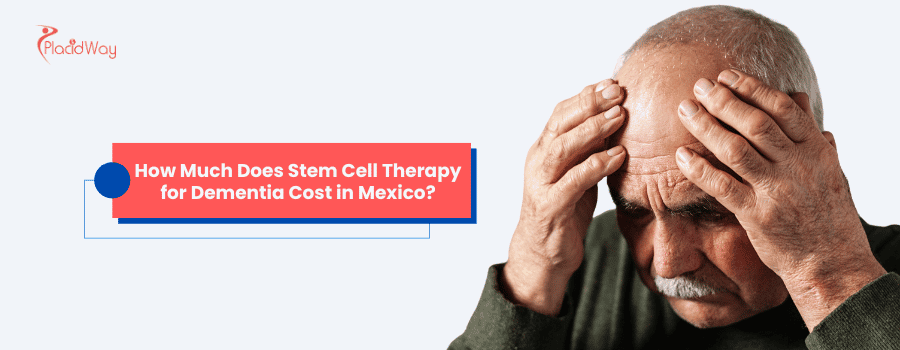
Stem cell therapy for dementia is an evolving area of regenerative medicine that is attracting global attention, and Mexico has become a notable destination for those seeking this treatment. The cost of stem cell therapy for dementia in Mexico is a primary consideration for many, generally ranging from $4,000 to $25,000 USD, with some comprehensive packages for conditions like Alzheimer's potentially reaching $15,000 to $20,000. This cost variability depends on several factors, including the specific type of dementia, the patient's overall health, the number of stem cells required, the number of treatment sessions, and the chosen clinic's protocols and amenities.
This blog post aims to address the key questions individuals have when researching stem cell therapy for dementia in Mexico, providing clear, concise answers and detailed explanations to help you make an informed decision. We will delve into the costs, what treatments typically include, safety considerations, and what to expect.
What is the average cost of stem cell therapy for dementia in Mexico?
"The average cost of stem cell therapy for dementia in Mexico typically falls between $4,000 and $25,000 USD. For Alzheimer's specific packages, costs can range from $12,000 to $20,000 USD."
This price range is influenced by the complexity of the patient's condition and the specifics of the treatment protocol. Simpler cases requiring fewer cells or sessions will be at the lower end, while more advanced dementia or protocols involving a higher number of stem cells and adjunctive therapies will be at the higher end. It's important to get a personalized quote from clinics after they have reviewed your medical information.
Many clinics in Mexico offer packages that might include not just the treatment itself, but also consultations, certain diagnostic tests, and sometimes even accommodation and transportation. Always clarify what is included in the quoted price to avoid unexpected expenses.
What factors influence the cost of stem cell therapy for dementia in Mexico?
"Several factors influence the cost of stem cell therapy for dementia in Mexico, including the type and stage of dementia, the number of stem cells used, the type of stem cells, the number of treatment sessions, clinic reputation and location, and any included ancillary services or therapies."
- Type and Stage of Dementia: Early to moderate stages might require less intensive (and thus less costly) treatment compared to advanced stages. Different types of dementia may also respond differently to stem cell therapy, potentially affecting the treatment plan and cost.
- Number and Type of Stem Cells: The total count of stem cells administered is a major cost driver. Higher cell counts generally mean higher costs. The source of stem cells (e.g., umbilical cord tissue, bone marrow, adipose tissue) and how they are processed (e.g., cultured/expanded) also impact the price. Mesenchymal stem cells (MSCs) are commonly used.
- Number of Sessions: Some protocols involve a single infusion, while others may require multiple sessions spaced out over days, weeks, or months. Each session adds to the overall cost.
- Clinic Reputation and Facilities: Well-established clinics with experienced medical teams and advanced laboratory facilities may charge more. The level of personalized care, comfort, and included amenities can also affect pricing.
- Ancillary Services: Costs may or may not include initial consultations, diagnostic imaging (like MRI scans), laboratory tests, follow-up appointments, medications, and other supportive therapies (e.g., IV drips, physiotherapy). Some clinics offer all-inclusive packages.
What is typically included in the cost of stem cell therapy for dementia in Mexico?
"The inclusions in the cost of stem cell therapy for dementia in Mexico vary by clinic but often cover the initial medical evaluation, the stem cell product and its administration, doctor's fees, and basic post-treatment follow-up. Some packages may also include accommodation, local transportation, and other supportive therapies."
It is crucial to get a detailed breakdown of what is included in the quoted price from any clinic you are considering. Common inclusions are:
- Initial Consultation and Evaluation: Assessing the patient's medical history and current condition to determine suitability for the therapy.
- Stem Cell Product: The sourcing, processing, and quality control of the stem cells themselves.
- Administration of Stem Cells: The medical procedure to deliver the stem cells, which can be via intravenous (IV) infusion, intrathecal injection (into the spinal canal), or other methods depending on the clinic and condition.
- Medical Team Fees: Charges for the doctors and medical staff involved in the treatment.
- Basic Follow-up: Some level of post-treatment monitoring, which might be in-person or remote.
Some comprehensive packages may also offer:
- Pre-treatment diagnostic tests (blood work, imaging).
- Additional therapies like hyperbaric oxygen therapy, nutritional IVs, or physiotherapy.
- Accommodation for the patient and a companion.
- Airport transfers and local transportation to and from the clinic.
- Translation services if needed.
Are there different types of stem cells used for dementia, and does that affect cost?
"Yes, different types of stem cells, primarily mesenchymal stem cells (MSCs) derived from sources like umbilical cord tissue, adipose tissue, or bone marrow, are used for dementia treatment in Mexico. The type and source of stem cells, along with the processing and culturing methods, can affect the overall cost."
Mesenchymal stem cells (MSCs) are the most commonly utilized type for neurodegenerative conditions like dementia due to their regenerative, anti-inflammatory, and immunomodulatory properties. These cells can be sourced from:
- Umbilical Cord Tissue (Wharton's Jelly): These are allogeneic (donor) cells, readily available, and often preferred due to their robust nature and high proliferative capacity. They are considered ethically sourced.
- Adipose Tissue (Fat): These are autologous (patient's own) cells, requiring a minor liposuction procedure to harvest.
- Bone Marrow: Also typically autologous, requiring a bone marrow aspiration procedure.
The cost can vary depending on whether the cells are autologous or allogeneic. Allogeneic cells from sources like umbilical cords might have different processing and banking costs compared to harvesting and processing a patient's own cells. Furthermore, if cells are expanded (cultured to increase their numbers) in a lab, this adds to the complexity and cost. Always inquire about the type, source, and processing of the stem cells proposed for your treatment.
How many treatment sessions are typically needed for dementia, and how does this impact cost?
"The number of stem cell therapy sessions needed for dementia in Mexico varies depending on the individual's condition and the clinic's protocol, typically ranging from a single comprehensive treatment to multiple sessions spread over a period. Multiple sessions will proportionally increase the overall cost."
Some clinics advocate for a single, high-dose application of stem cells, while others may recommend a series of treatments. For instance, an initial treatment might be followed by booster sessions several months or a year later. The rationale behind multiple sessions is often to provide sustained regenerative support.
Naturally, each additional session involves further costs for the stem cells, medical staff time, and facility use. When comparing costs, it's important to understand the recommended number of sessions and the total price for the entire treatment course, not just a single application.
Is stem cell therapy for dementia in Mexico safe?
"Stem cell therapy for dementia in Mexico can be safe if performed at reputable clinics that adhere to high medical and ethical standards, including using properly sourced and screened stem cells and having experienced medical professionals. However, as with any medical procedure, there are potential risks."
Reputable clinics in Mexico often have COFEPRIS (Mexico's equivalent of the FDA) approval for their labs and procedures. They should be transparent about the source of their stem cells, their processing methods, and sterility testing. Key safety considerations include:
- Source and Quality of Stem Cells: Ensuring cells are screened for infectious diseases and are processed in a way that maintains their viability and function.
- Medical Expertise: Treatments should be administered by qualified and experienced physicians.
- Facility Standards: Clinics should operate in sterile environments with appropriate equipment.
- Patient Monitoring: Proper monitoring during and after the procedure is crucial.
Potential risks, though generally low in experienced hands, can include infection (especially with invasive procedures like intrathecal injections), allergic reactions, or lack of efficacy. It's vital to thoroughly research clinics, ask about their safety protocols, and review patient testimonials or accreditations.
What are the potential benefits of stem cell therapy for dementia?
"Potential benefits of stem cell therapy for dementia reported by some clinics and patients include improved cognitive function, enhanced memory, reduced brain inflammation, slowed disease progression, and overall improvement in quality of life. However, results can vary significantly."
Stem cells are believed to work by:
- Reducing Inflammation: Chronic inflammation is a hallmark of many neurodegenerative diseases, including dementia. Stem cells have potent anti-inflammatory properties.
- Promoting Neuroprotection: They may release growth factors and other substances that protect existing neurons from further damage.
- Stimulating Neurogenesis: Some evidence suggests stem cells might encourage the formation of new neurons, although this is more complex in the adult brain.
- Improving Synaptic Function: They may help improve connections between brain cells.
- Modulating the Immune System: Correcting immune dysregulation that can contribute to dementia.
It's crucial to have realistic expectations. Stem cell therapy is not currently a cure for dementia, but it aims to manage symptoms and potentially slow the decline. The extent of improvement can depend on the type and stage of dementia, the patient's overall health, and the treatment protocol.
How long does it take to see results from stem cell therapy for dementia?
"The timeframe to see results from stem cell therapy for dementia can vary widely, from a few weeks to several months post-treatment. Some patients may notice subtle changes earlier, while more significant improvements might take longer as the cells work to repair and regenerate tissue."
Initial improvements, if they occur, might be in areas like mood, sleep, or energy levels. Cognitive improvements, such as better memory or clarity of thought, may become noticeable over a more extended period. The regenerative processes initiated by stem cells take time.
Clinics usually provide a general timeline based on their experience, but individual responses are unique. Consistent follow-up and adherence to any recommended lifestyle changes or supportive therapies can also influence the outcomes and the time it takes to observe them.
What is the process of receiving stem cell therapy for dementia in Mexico?
"The process typically involves an initial consultation (often remote), medical evaluation and pre-treatment tests, development of a personalized treatment plan, travel to the clinic in Mexico, administration of the stem cell therapy, a short recovery/observation period, and follow-up care."
- Initial Inquiry and Consultation: Contacting the clinic, often followed by a remote consultation where you discuss your medical history and the patient's condition.
- Medical Records Review: The clinic will likely request medical records, including diagnosis information and imaging scans.
- Treatment Plan and Quotation: If deemed a suitable candidate, the clinic will propose a treatment plan detailing the type of stem cells, number of cells, administration method, number of sessions, and a comprehensive cost breakdown.
- Travel and Accommodation: Planning your trip to the clinic's location in Mexico. Many clinics assist with or include these arrangements.
- Pre-Treatment Assessment: Upon arrival, there might be further on-site assessments or tests.
- Stem Cell Administration: The procedure itself, which could be an IV drip or injections, usually performed on an outpatient basis or with a short stay.
- Post-Treatment Observation: A brief period of monitoring at the clinic.
- Follow-up: Instructions for post-treatment care and scheduled follow-up consultations, which may be remote.
Are there any hidden costs I should be aware of?
"Potential hidden costs for stem cell therapy for dementia in Mexico could include travel expenses not covered in a package, accommodation beyond what's included, meals, medications or supplements not part of the initial quote, and fees for extensive follow-up care or additional unexpected treatments."
To avoid surprises:
- Request a fully itemized quote.
- Ask specifically what is not included.
- Inquire about the cost of necessary medications or supplements post-treatment.
- Clarify the extent and cost of follow-up care.
- Factor in your travel, food, and personal expenses.
- Understand the policy if complications arise or if further treatments are recommended later.
Do Mexican clinics offer financing options or payment plans?
"Some Mexican clinics offering stem cell therapy for dementia may provide financing options or accept payment plans, while others may partner with third-party medical financing companies. It's best to inquire directly with the clinic about their payment policies."
Given that stem cell therapy is often not covered by insurance, the cost can be a significant upfront expense. Some clinics are aware of this and may have internal payment plans or affiliations with companies that specialize in financing medical procedures. Be sure to ask about these possibilities during your initial consultations.
Why is stem cell therapy for dementia generally less expensive in Mexico compared to the US or Europe?
"Stem cell therapy for dementia is often less expensive in Mexico due to lower operational costs, differences in regulatory frameworks that may allow for more cost-effective cell culturing and processing, and a generally lower cost of living and medical services compared to the US or Western Europe."
Factors contributing to lower costs in Mexico include:
- Lower Overhead: Rent, salaries for medical and administrative staff, and general operational expenses tend to be lower.
- Regulatory Environment: Regulations regarding the culturing and expansion of stem cells can differ, sometimes allowing for processes that might be more restricted or expensive elsewhere. This is not to say standards are necessarily lower, but the regulatory pathway can impact cost.
- Competition: A growing number of clinics offer these services, which can drive competitive pricing.
- Focus on Medical Tourism: Many clinics are structured to cater to international patients, with pricing designed to be attractive.
It's important to balance cost considerations with a thorough evaluation of a clinic's quality, safety standards, and expertise.
Ready to explore personalized stem cell therapy for dementia solutions? PlacidWay can help you connect with reputable Stem Cell Clinics in Mexico and worldwide. Explore your options for advanced regenerative treatments and take the next step towards improved well-being.


.png)



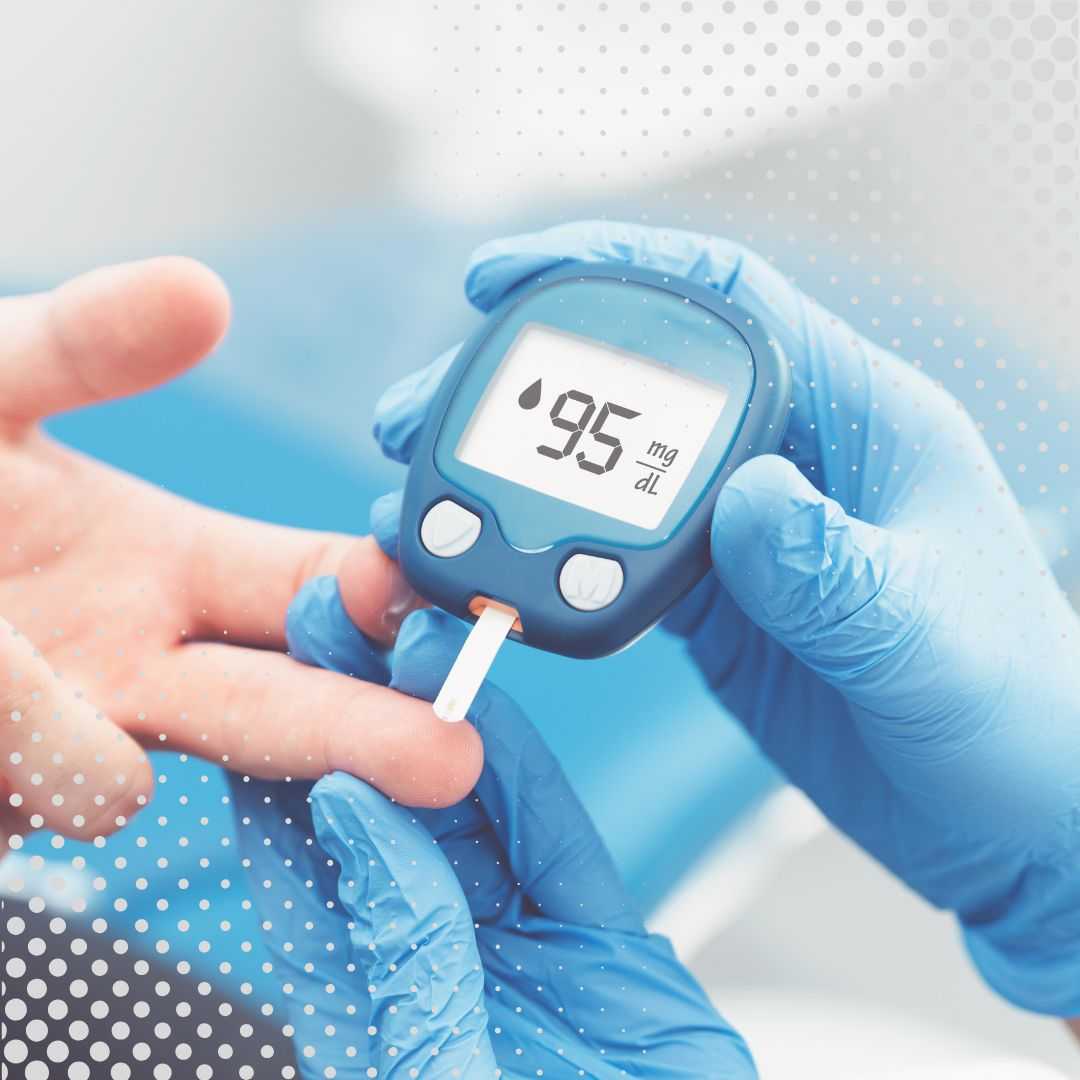

.jpg)
.png)

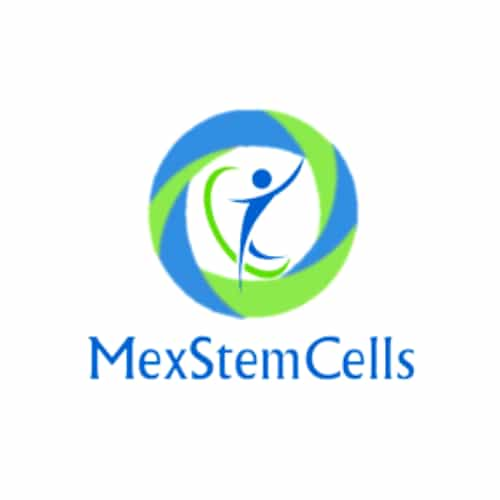

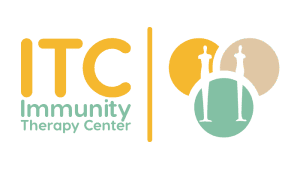
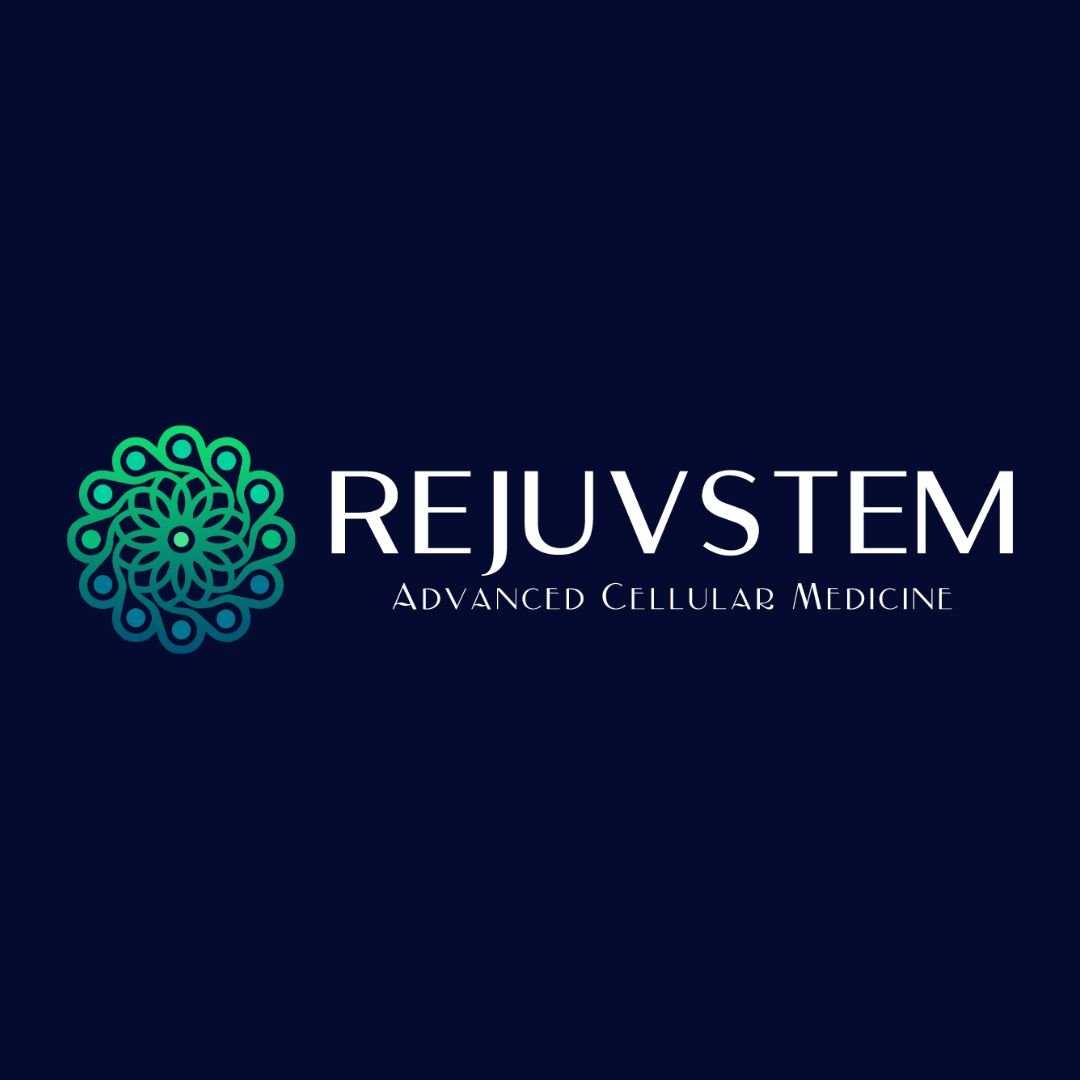
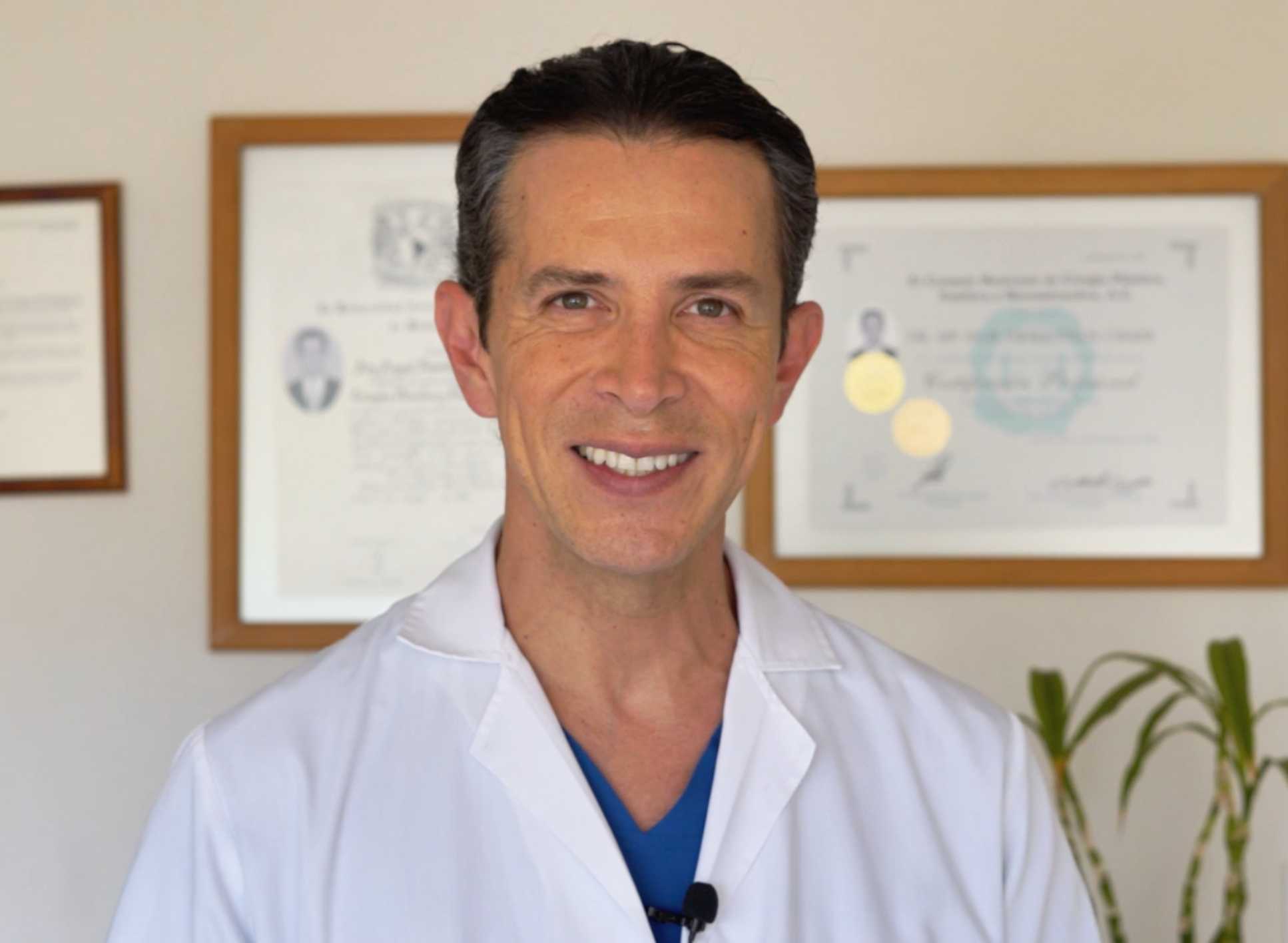

Share this listing